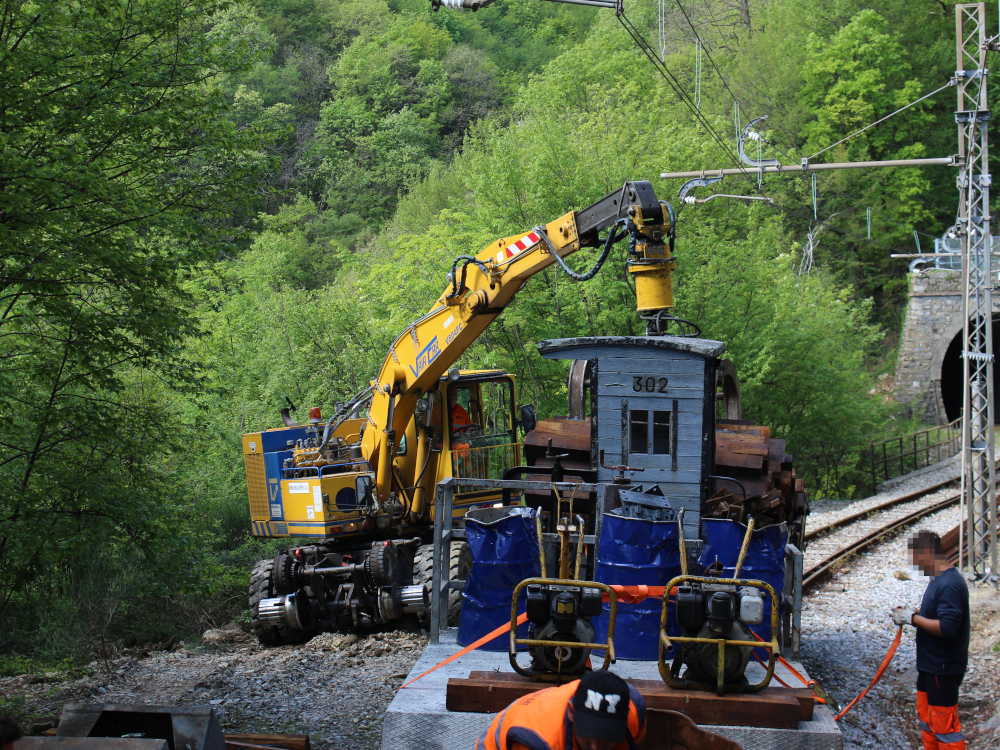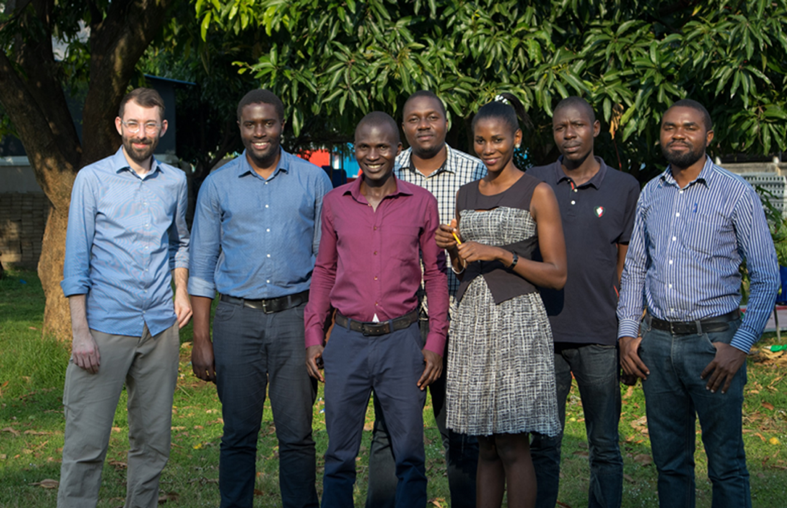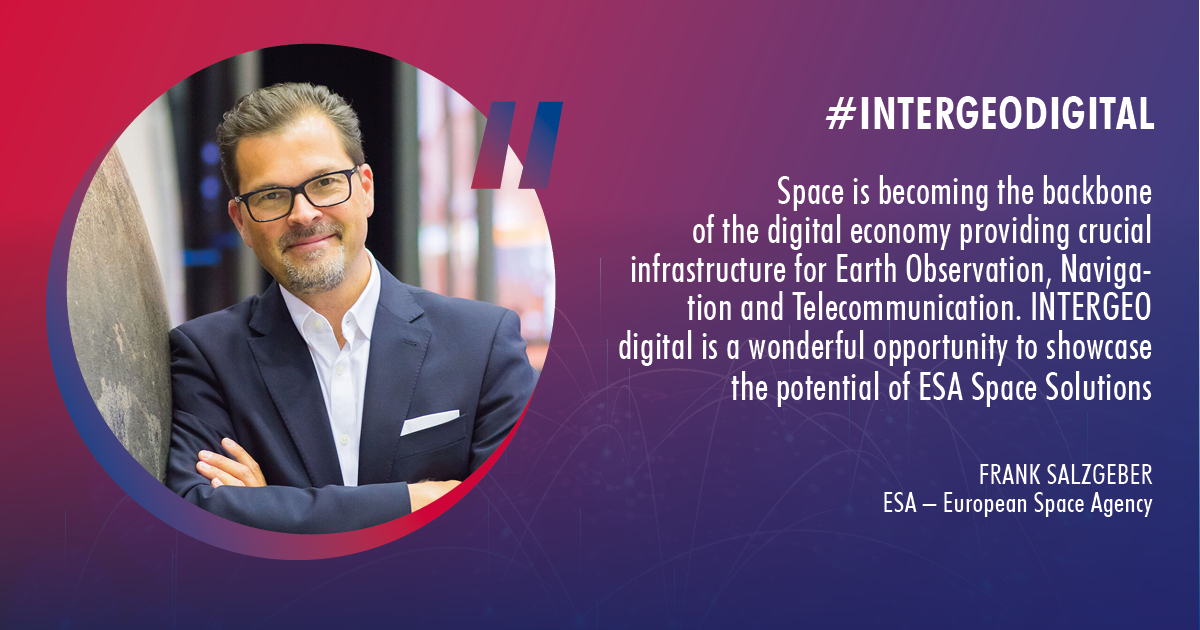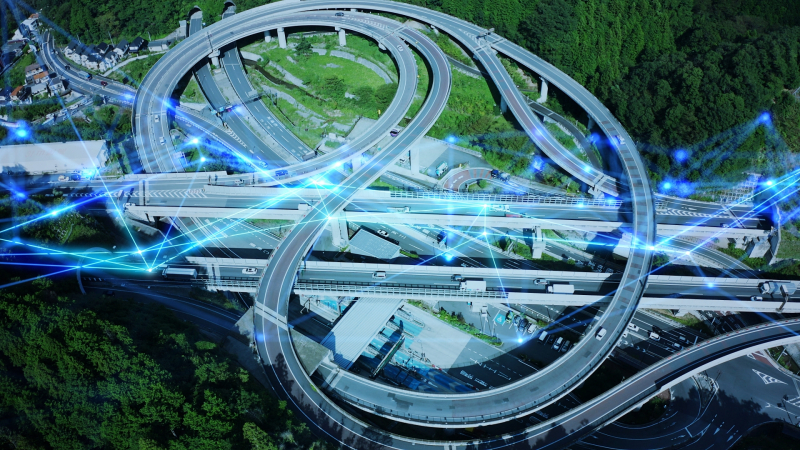GeoAerospace
Office 216, MaynoothWorks BIC, Maynooth University, Eolas Building, North Campus, Maynooth
Co. Kildare
Ireland
Project Announcement CertiPro
November, 5 / 2020
Start-up agriBORA supports survival of African smallholders
September, 15 / 2020
New satcom systems can reduce aircraft CO2 emissions by 10 million tonnes per year
September, 15 / 2020
Towards Space and 5G: Transport and Logistics
ESA is ready to support Industry in developing and demonstrating convergence of space and 5G terrestrial technologies to enable sustainable 5G services in logistics
ESA, in coordination with the UK Department for Digital, Culture, Media and Sport (DCMS) and the UK Space Agency, will launch on 9 July 2020 a Call for Proposals inviting companies to submit their ideas for deploying and demonstrating sustainable downstream services addressing UK Government’s priorities in the Logistics sector.
The services shall demonstrate innovation in the convergence of 5G terrestrial and satellite communication networks, opening the way to new connectivity solutions and sustainable business models for operators and industrial customers.
This Call for Proposal is based on the Memorandum of Intent signed in December 2019 by ESA and DCMS. The main purpose of the Memorandum of Intent is to support the emergence of commercially sustainable products and services enabled by the deployment of converged 5G terrestrial and space networks.
Sustainable applications relying on 5G communications will require the establishment of a wide ecosystem including terrestrial and satellite connectivity providers. Collaboration between these actors is essential to ensure the deployment of converged networks, which will allow application developers and service providers to deliver innovative and sustainable services for a longer term efficient, competitive and low carbon logistics sector.
“This is a great opportunity for ESA to join forces with DCMS and UK Space Agency and prove the key role that satellite communications will play in the future converged 5G networks”, stated Magali Vaissiere, ESA Director of Telecommunications and Integrated Applications. “In the context of the ESA 5G Strategic Programme Line, this Call for Proposals is intended to stimulate the emergence of sustainable applications relying on innovative 5G solutions, starting from the logistics sector”.
Catherine Mealing-Jones, Director of Growth at the UK Space Agency, said: “This is a great initiative to show how together we can work to help close the digital divide. Access to constant connectivity regardless of location offers huge benefits."
“We've seen through the current pandemic, that logistics are vital to keeping the country going and space technology is a key part of making that happen.”
Proposals can be submitted anytime until 15 December 2020.
Additional information can be found here.


